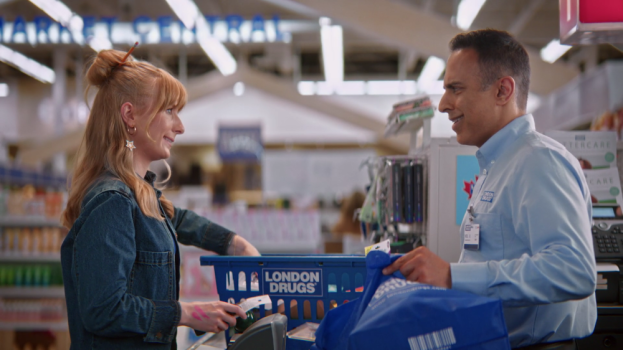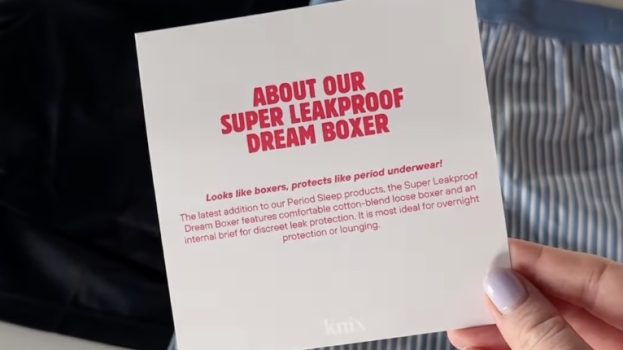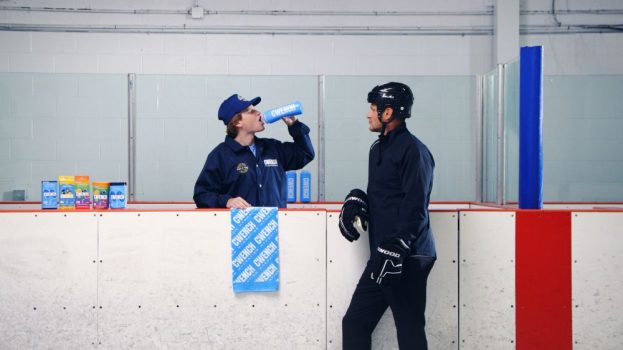
Loblaw discounters are taking on competitors directly with a brand switch ask at the shelf to boost the fortunes of their private-label offerings.
No Frills and Your Independent Grocer are deploying shelf talkers which invite consumers to “switch and save” by comparing various house-brand prices against the likes of Nestlé’s Coffee Mate, Kraft Heinz’s Maxwell House and Loacker’s classic wafers.
According to Jason Dubroy, the founder of connected-commerce consultancy The Commercery and former SVP of commerce and experience at Mosaic North America, the tactic is an echo from the early days of private label. Back in the late 80s and 90s, Loblaw launched brands such as No Name and President’s Choice while head of product development Dave Nichol unveiled an “Eat the Middle First” cookie that competed directly with Oreos by offering a money-back guarantee.
Matthew Kelly, managing partner at consultancy Level5 Strategy, says that while the current in-store messaging appears particularly bold, the strategy of directly comparing house brands to their in-store shelf neighbours is a longstanding merchandising tactic and a reminder that price is not the only factor in determining brand equity.
“After all, why does Pepsi or Coca-Cola command a premium to No Frills or PC brand?” Kelly says. “It’s the perceived brand equity and the perception of superior emotional and rational benefits.”

Tony Chapman, long-time marketer and host of the Chatter That Matters podcast calls such tactics a “race to zero without an airbag.”
“Loblaw knows how much market share they command, and if they were to turn off the faucet on a manufacturer, they could never replace the revenue,” says Chapman, who was VP at Procter & Gamble when Loblaw once proclaimed that its house brand “cleaned better than Tide.”
House-brand share in Canada was 19% when NielsenIQ released its 2024 data.
Recent Statista numbers revealed that 76% of Canadian grocery shoppers opted for private-label products because they were less expensive or in order to save, while 53% of respondents bought them because they felt the quality was similar to name brands.
And poll released by Caddle last month put the increasing popularity of private-label in-store brands as the third-most significant trend expected to influence grocery shopping in 2025 with 32% of 3,011 participants ranking it in their top 3. An increased focus on Canadian-made products and inflation’s effect on purchasing habits took the top two spots in the poll, respectively.
In Loblaw’s February earnings call, president and CEO Per Bank said that in an inflationary milieu, consumers were “still buying a lot into (Loblaw) promotions,” and “buying into (Loblaw) private labels,” adding that the corporation’s No Name offerings were “doing very well.”
Last fall, No Frills unveiled three Ontario pilot stores to address a consumer shift toward discount banners that offer savings on CPG essentials by lowering operating costs and carrying a smaller, targeted list of products.
In December, rival Metro revamped its flagship private-label brand Irresistible in what the company said was an attempt to better align with consumer expectations and to stand out, citing “considerable growth potential.”























